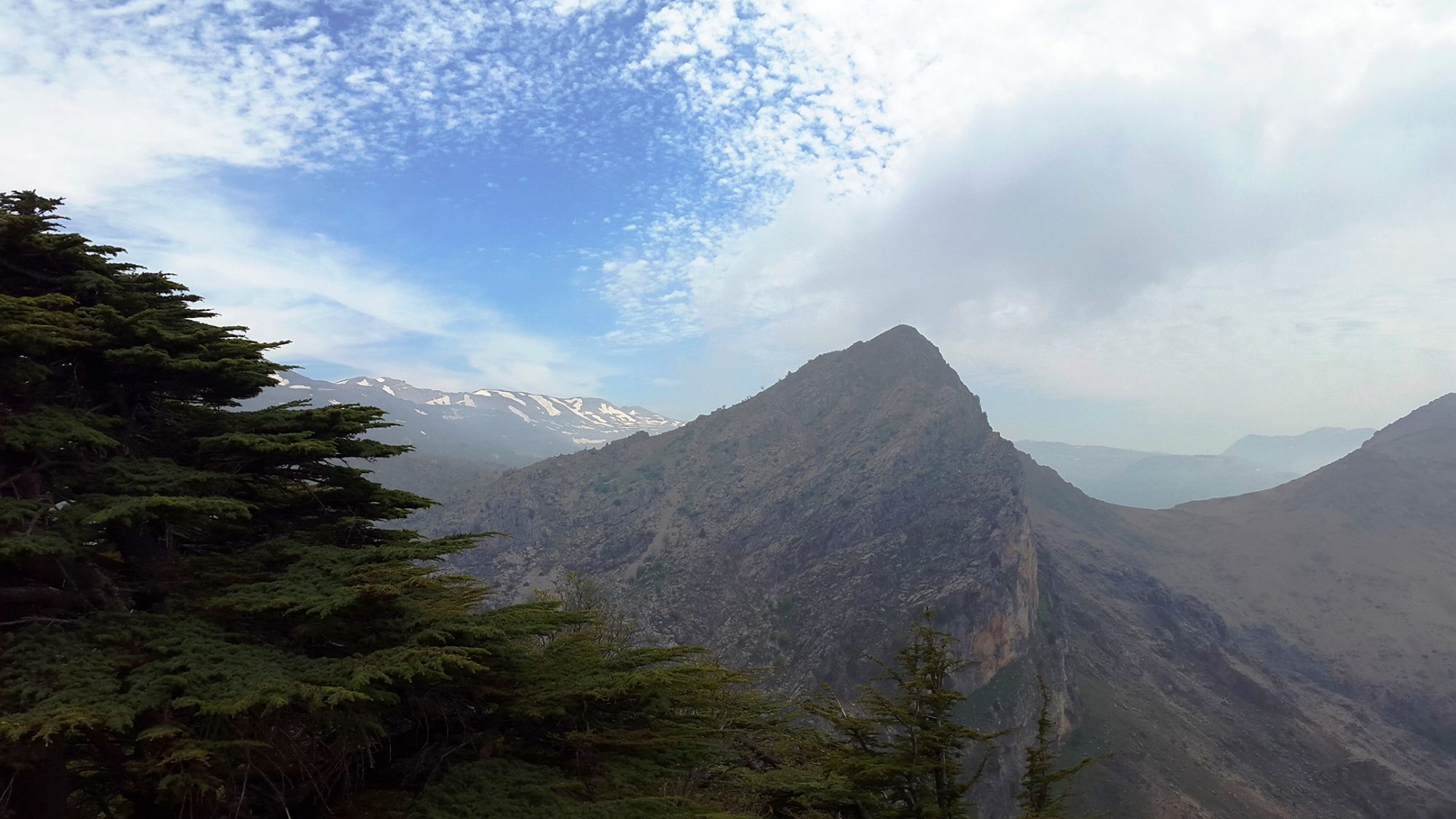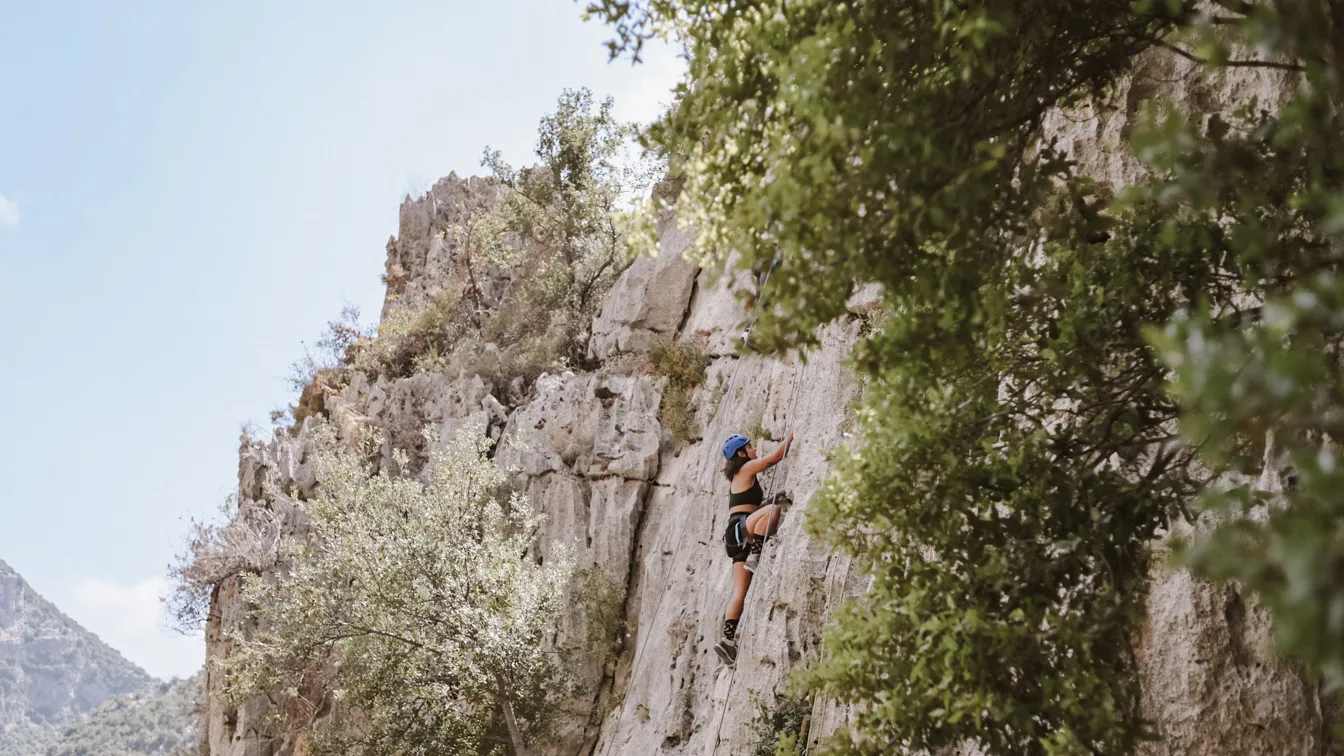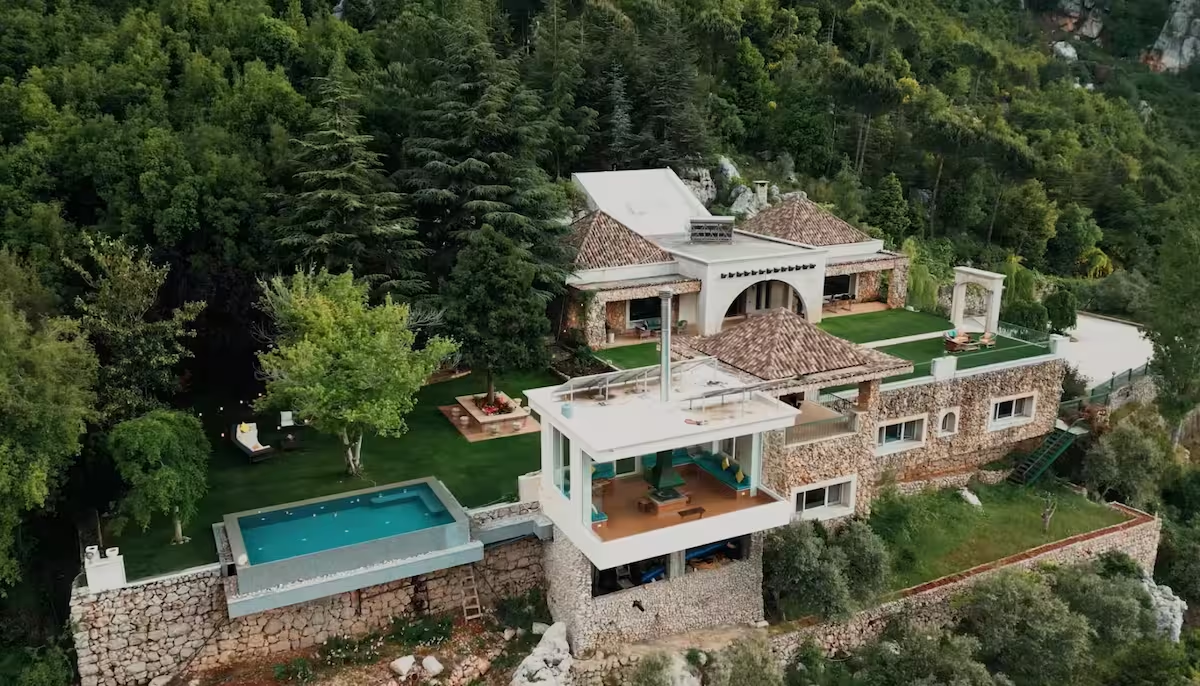Nature and history collide to form one of the most splendid places in Lebanon, the beautiful town of Tannourine. Located in the Batroun District, Tannourine boasts a wonderful ecosystem and historical treasures hidden in every corner.

Getting There
Nestled in the mountains, Tannourine is located just over 70km north of Beirut. Take the coastal road in the direction of Tripoli. After passing Byblos, continue towards Batroun and exit the highway onto the Batroun-Tannourine Road. The town is signposted from there on.
What to Do
Tannourine Cedars Reserve
The Tannourine Cedars Forest (+961 6 500 550 / +961 3 815 029) is one of the densest in the country and has avoided heavy tourist activity thanks to its unique topography. A great place for hiking and exploring, you’re sure to run into unique fauna and flora on the way while marveling at the evergreen cedars that embody Lebanon’s history and continuity.
Baatara Sinkhole

Perhaps one of the most well known of Tannourine’s natural wonders, the Baatara Sinkhole is a fascinating gorge and waterfall. Discovered in 1952, the site has three natural bridges, rising one above the other. During spring, visitors can see a beautiful cascade behind the bridges. The location is perfect for thrill seekers who wish to do some climbing, caving or exploring, weather permitting.
Roman Aqueduct
One of the hidden treasures of the region is the Roman Aqueduct in Tannourine el Tahta. A structure of simple arches and stone, the aqueduct was used to transport water for agriculture and daily use. Beyond this structure lies a cliff ideal for rock climbing.
Abandoned Village of Ain-al-Raha
This once inhabited village is home to sixth-century churches and monasteries, some of the oldest evidence of Christianity in the region. A walk through the village, located in the higher mountain area of Tannourine el Tahta, is like a journey back in time.
Rock Climbing with Climber Space
Tannourine has grown into one of Lebanon’s top climbing destinations, thanks to its dramatic limestone cliffs and breathtaking terrain. Climber Space offers guided climbing experiences suitable for both beginners and advanced climbers, with expert instructors and all equipment provided. Whether you’re scaling walls above deep valleys or learning the basics on friendly routes, it’s an exhilarating way to connect with the natural beauty of the region.
Where to Eat
Possibly one of the most scenic restaurants in the region, Moultaka Al Nahrein (+961 3 536 874) gets its name from its famous location. Lying at the intersection of two rivers, the restaurant offers traditional Lebanese food coupled with a picture-perfect view.
Situated on the Al Jaouz River, Wadi el Deir (+961 3 523 563) is a family-run restaurant serving up all sorts of traditional delicacies such as stuffed eggplant and goat’s cheese in oil. Named after the 1,500-year old monastery Deir Mar Mtannios, it’s a great option for a lazy afternoon. Call in advance as it is not open daily during the winter.
Where to Sleep
Overlooking the mountains of Tannourine, Mountain View Tannourine (+961 3 497 775) is a haven of tranquility, with all the modern comforts to make you feel right at home. The fully furnished wooden bungalows are luxurious, boasting a garden and a great view of the mountains.
Eco Dalida (+961 3 679 055) stands near the entrance of the Tannourine Cedars Reserve. With exceptional views from its terrace, this quaint eco-lodge offers guests a comfortable stay, with a cozy communal area and a restaurant serving authentic Lebanese food.
Joz Tannourine (+961 70 286 086) is a charming boutique stay nestled in Tannourine’s lush valley. Offering stylish cottages, serene river views and a warm family-run atmosphere, it’s an ideal retreat for those seeking peace, comfort and outdoor adventure right at their doorstep.
Tannourine Valley Hotel (+961 71 011 111) boasts sweeping views of the surrounding mountains and valleys. With modern, comfortable rooms and a peaceful setting, it’s perfectly located for travelers looking to explore the cedars, waterfalls and hiking trails, all while enjoying warm Lebanese hospitality.
Casa Del Sultan is a unique heritage guesthouse blending traditional stone architecture with contemporary comfort. Surrounded by breathtaking mountain views and tranquil nature, it offers an authentic Tannourine escape, perfect for couples and families looking to unwind in a serene and historic setting.
If you enjoyed reading this article check out our mini guide to Ghazir.



